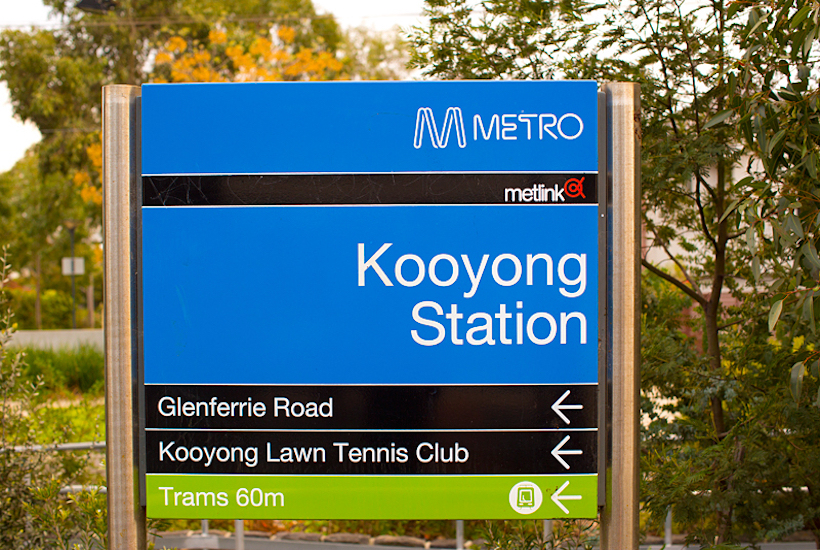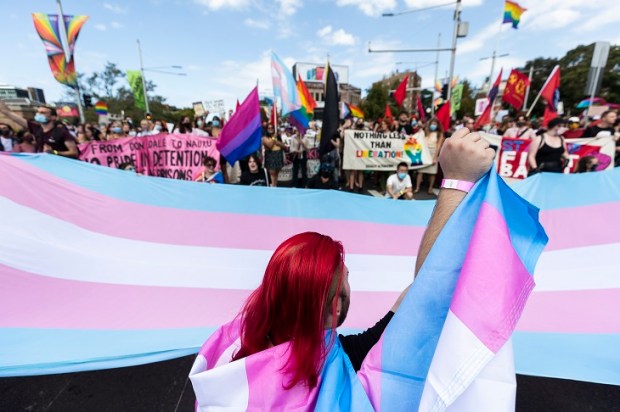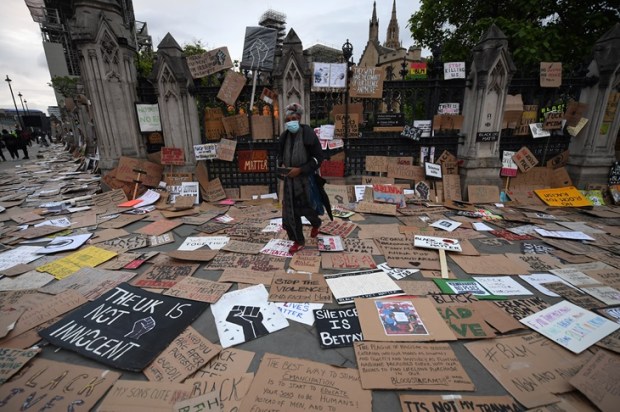The Liberal Party’s dramatic loss in the Wentworth by-election last month reveals an irreconcilable philosophical divide within the Party.
Self-styled “moderates” within the Party are the first to write history, claiming a more credible stance on addressing climate change is required for the Liberals to hold seats such as Wentworth. They are right. The proportion of left-leaning voters in seats such as Wentworth in Sydney and Higgins and Kooyong in Melbourne is sizable and growing. The Liberal Party must naturally adopt more left-leaning policies to hold these seats.
Lots of time has been wasted writing negative analysis about former prime minister Turnbull. But he was welcomed into the Party after having first unsuccessfully sought a spot with Labor and was welcomed back after almost quitting after he lost the leadership to former Prime Minister Tony Abbott in 2009.
Turnbull knew his electorate like the back of his hand. Wealthy inner-city voters want to reduce greenhouse gas emissions, favour international climate agreements such as the Paris Climate Agreement, can endure the associated higher cost of power given their relatively high incomes, and are more concerned about refugees and funding for the Australian Broadcasting Corporation than petrol prices and traffic congestion.
The problem for the Liberals is not individual personalities. It is that the “broad church” philosophy doesn’t work politically or from a policy perspective in today’s environment.
This problem is revealed in the fact that the gap in voters’ priorities between Wentworth in Sydney’s east and Lindsay in its west, or Higgins in Melbourne’s inner east and Frankston in its south-east is growing. And so too is the gap between the policy preferences in the moderate and conservative factions within the Liberal Party.
There have always been disagreements within both the Labor and Liberal Parties. Disagreements can be healthy when they lead to rejuvenation, development of better policy, and the formation of a new consensus.
However, it is one thing to disagree over effective marginal tax rates, and quite another to disagree over matters that go the heart of the Party and the nation.
The divisions within the Liberal Party are over climate change; the role of government in the electricity market; how much national sovereignty will be sacrificed to international bodies; the size, scale, and composition of the immigration program; freedom of speech and freedom of religion; the aggressiveness with which political correctness ought to be resisted; what is taught in schools; whether multiculturalism or assimilation of migrants is preferable; and how foreign influence should be tackled.
In short, the disagreement goes to the very heart of who we are as a nation.
Holding Wentworth and Linsday at the same time is evidently no longer possible. So be it.
The choice for Liberal Party is obvious: either double-down and focus on re-capturing Wentworth and nostalgically holding onto “blue ribbon” seats which are becoming ever darker shades of green. Or re-imagine the Liberal Party as a workers’ party which unashamedly promotes the interests of working-class and middle-class Australian workers and families.
Working-class and middle-class Australians are largely unrepresented politically. Labor has abandoned their traditional working-class base in their pursuit of identity politics, environmentalism, multiculturalism, identity politics, and a big immigration program. But they have been able to hold onto many working-class seats because the Liberals have not been able to bring themselves to alter their policy agenda because they are so desperate to keep seats like Wentworth.
Consequently, the lives of many working and middle-class Australians are worse today than a decade ago. Real wages in the private sector haven’t risen for three years. The cost of essentials such as child care, health insurance, and electricity are rising due to government regulation. Commute times and congestion are worse. Housing is unaffordable. Taxes are rising. And many are uneasy about two decades of rapid demographic change.
In practice, the conservatives within the Liberal Party need to form a voting bloc, develop a list of non-negotiable policies around energy, immigration, and the culture wars that will make the Party attractive to workers, and cross the floor in Parliament when needed.
Two recent major victories for conservatives came only after they threatened to cross the floor: the scuttling of both the China-Australia extradition treaty and the National Energy Guarantee.
The Liberal Party should let Labor, the Greens, and left-leaning independents exhaust their resource fighting to take seats such as Wentworth. Let them represent the out-of-touch elites.
This would allow the Liberal Party to take on mainstream policies more readily.
The Liberals can easily capture 20 per cent of Labor’s vote in Western Sydney if they adopt a coherent policy agenda that puts working and middle-class Australians ahead of the political, cultural, and economic elites
Now is the time for the Liberal Party to recognise the changing nature of the Australian electorate, adopt a policy agenda which reflects this change, and not get nostalgic over the “blue ribbon” seats of the past.
Daniel Wild is a Research Fellow with the Institute of Public Affairs.
Illustration: Public Transport Victoria.
Got something to add? Join the discussion and comment below.
Got something to add? Join the discussion and comment below.
Get 10 issues for just $10
Subscribe to The Spectator Australia today for the next 10 magazine issues, plus full online access, for just $10.


























Comments
Don't miss out
Join the conversation with other Spectator Australia readers. Subscribe to leave a comment.
SUBSCRIBEAlready a subscriber? Log in